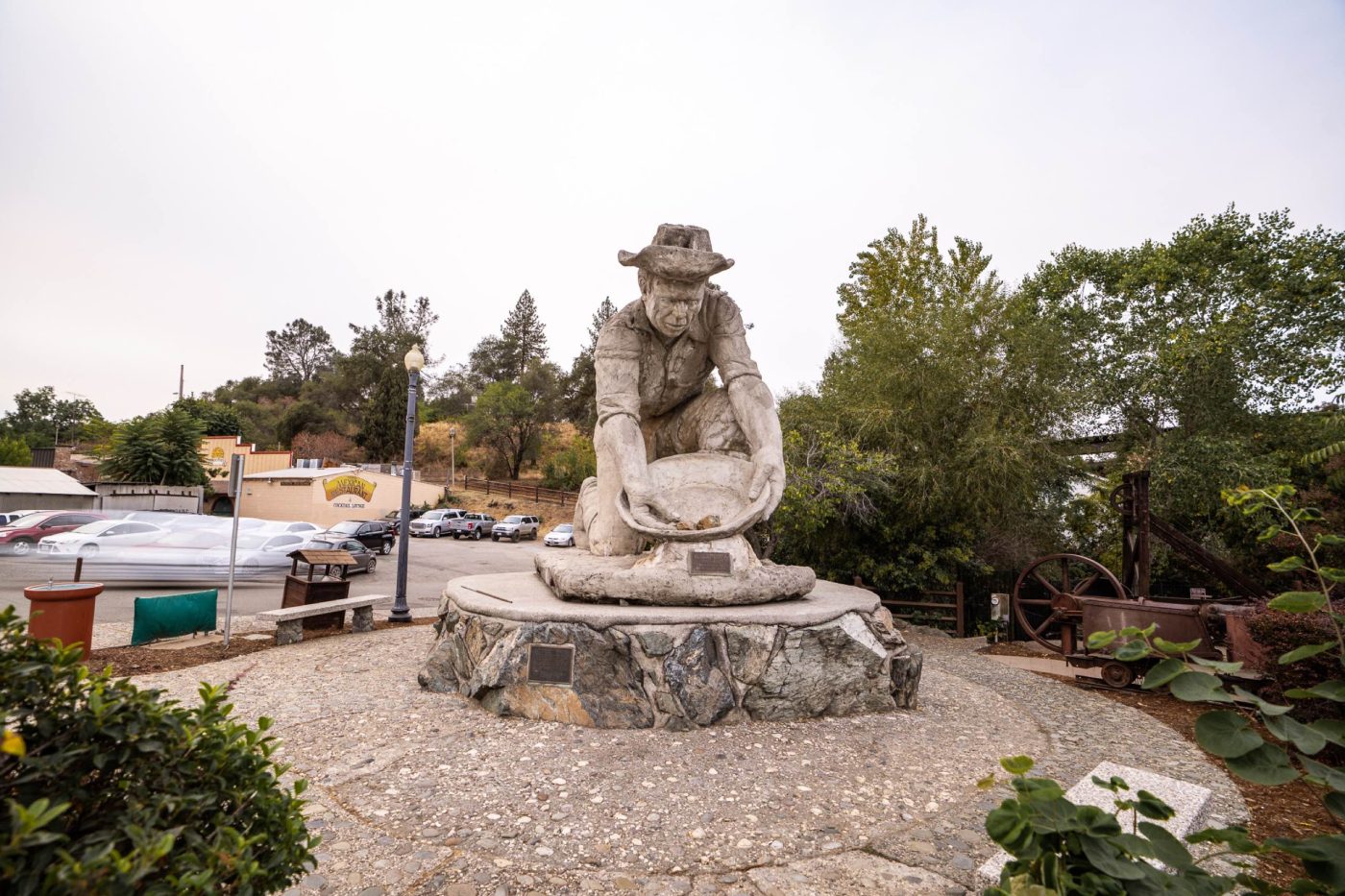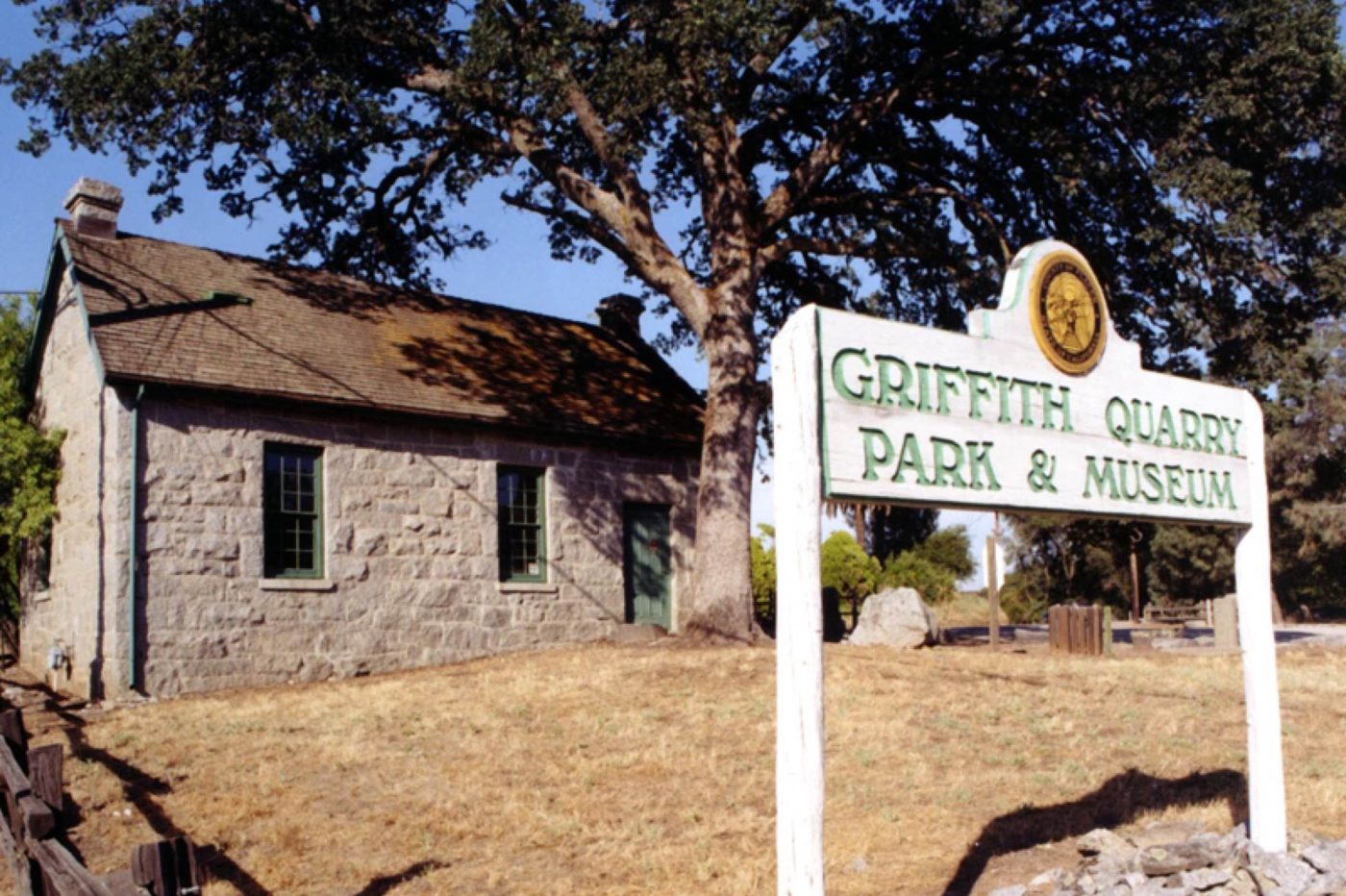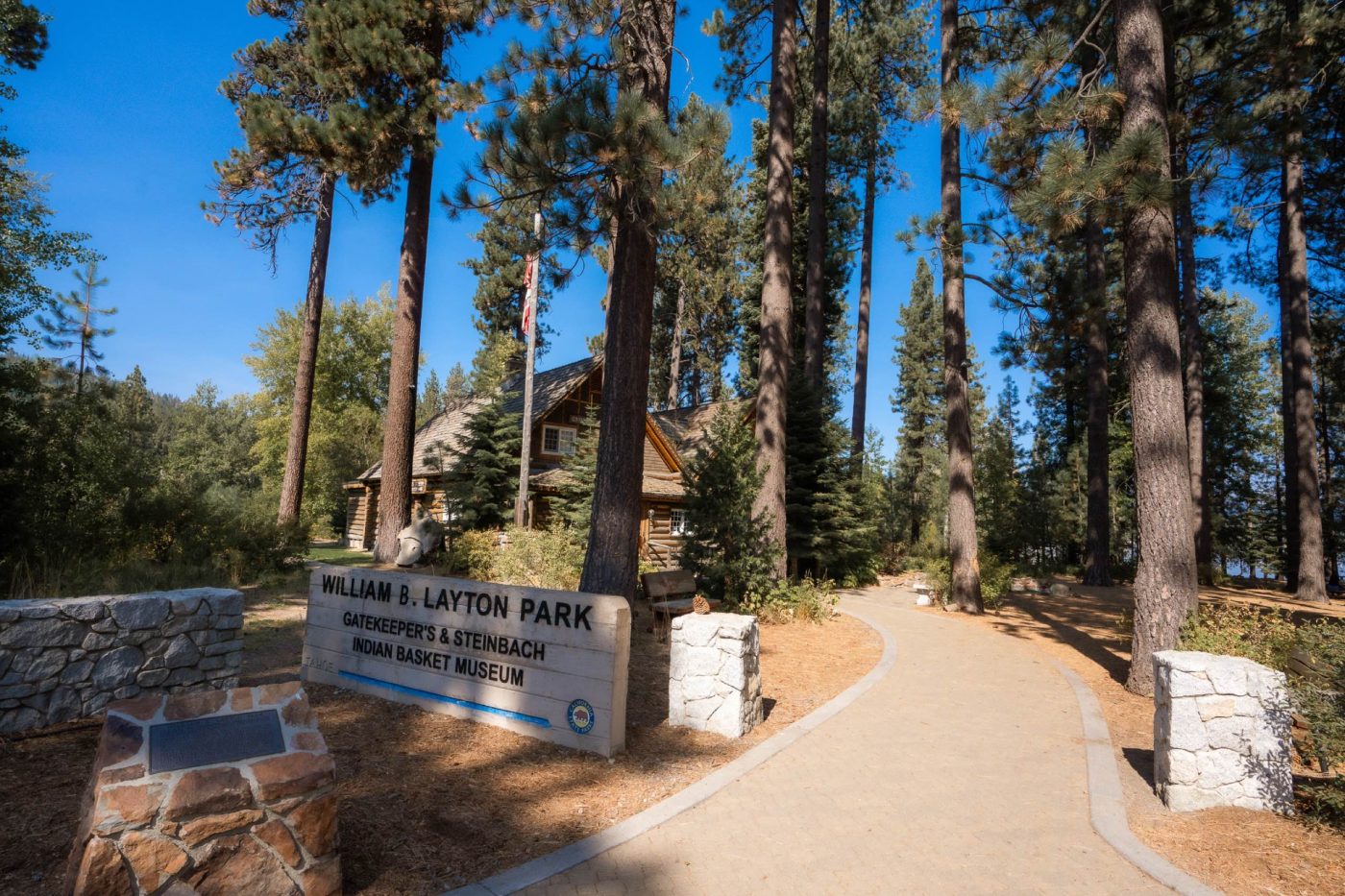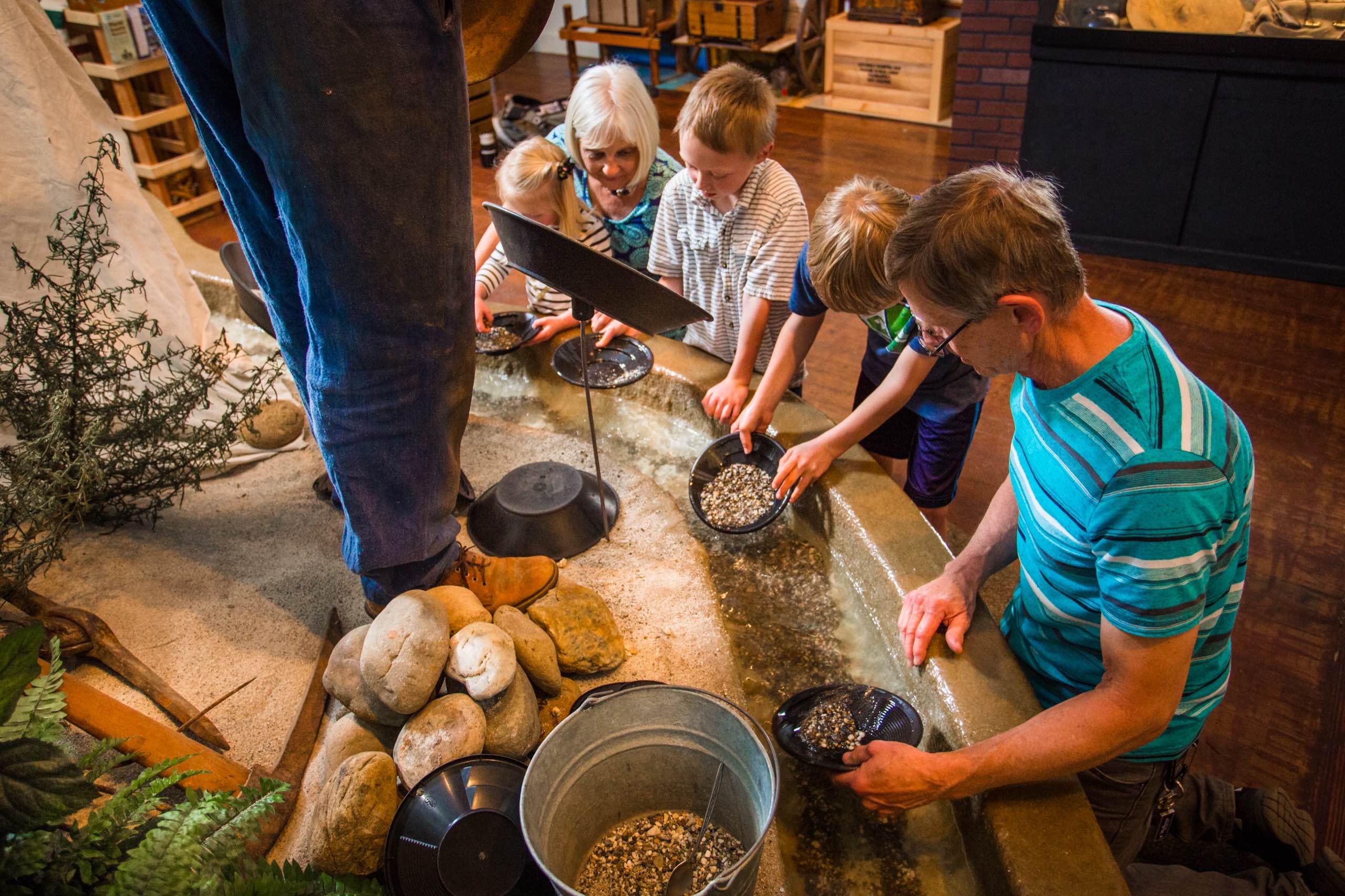History runs through Placer County’s veins – Gold Rush pun intended – and you can still find evidence of that exciting history spread throughout the county. Let’s start off with some of the basics:
How old is Placer County? Well, as old as time itself, but the name Placer County was given to the area in 1851 – taking the old Sutter County seat of Auburn with it.
Who founded Placer County? It’s not so much “who” as in “what” and the short answer is gold. In fact, the County took its name from the Spanish word for sand or gravel deposits that contain gold.
What is Placer County’s oldest building? A contender for this title is the Traveler’s Rest Hotel built in 1851. It also happens to be part of the fascinating Bernhard Museum Complex.
When was the Placer County Courthouse built? This beautiful landmark building was built in 1898, with its cornerstone being laid on the 4th of July that year.
From Auburn’s rich history as the county seat to Tahoe City’s ski legacy to Roseville’s museum devoted to the history of telephones (yes, telephones), there’s so much to explore in Placer County! Read on for three hot spots of history in Placer County, so you can plan your next visit.
Auburn

Auburn is a fantastic stop for any history lover, especially for someone wanting to learn more about California’s exhilarating gold rush. After becoming a mining camp, the severe winter of 1849-1850 meant that Auburn had a population with money to spend, a location along main roads and the need for somewhere to ride out the tough winter. Merchants opened their doors, several large public hotels were built and from there Auburn has stood the test of time.
Gold was discovered on the American River and one of the first to strike that gold was Claude Chana in Auburn in May of 1848. While he moved on in search of gold elsewhere, his legacy as the first is memorialized in Auburn with a 45-ton statue. You can see the Claude Chana Gold Panner Monument at the entrance to Auburn’s Old Town.
Tour all of Auburn’s historical sites on the Walking Tour of Historic Old Town and Downtown Auburn. One of the most important stops on the tour is the Placer County Courthouse. Today it’s listed on the National Register of Historic Places and, though it’s still a functioning courthouse, it houses the Placer County Courthouse Museum on the first floor, full of interesting artifacts from the early Nisenan inhabitants through the Gold Rush and the latter half of the 20th century. Want to learn more about Auburn’s gold rush history? Explore the Gold Rush Museum in the Old Auburn Depot Building where you can try your hand at indoor gold panning and other hands-on exhibits.
After visiting the Old Auburn Depot Building, you’ll probably be curious to learn more about the railroad’s history in Auburn. The Mountain Quarries “No Hands” Bridge, listed on the National Register of Historic Places, was built in 1912 and still stands today. At the time of its construction, it was the world’s longest reinforced concrete bridge. It was operated by Southern Pacific Railroad until 1940, and in 1942, the rails were removed to support the war effort. Today, this picturesque and strong concrete bridge, having withstood multiple floods, is part of the Western States Trail between the towns of Cool and Auburn. Equestrians on the Western States Trail would ride without holding their reins – “Look, no hands!” – before the safety railings were constructed, earning the bridge its nickname.
Roseville

To learn about the original people of the Placer County area, explore the Maidu Museum & Historic Site. Located in Roseville, this museum offers interactive exhibits and displays featuring California Indian traditional practices including acorn processing and basket weaving. Head outside on the grounds of the site to follow the trail meandering through hundreds of bedrock mortars and ancient petroglyphs. Whether you visit for one of their special Night Out at the Museum evenings or Public Trail Tours, you’ll learn about the Nisenan Maidu who called this place home for thousands of years.
While you’re in Roseville, another fun stop for history lovers is the Roseville Telephone Museum where you can learn about the history of telephone technology. The Roseville Telephone Company was founded in 1914 as a rural telephone provider with just 160 subscribers. Today, their 4,500 square foot museum tracks more than a century of communication history in Roseville, the US and beyond, including a display of the original telephones designed in 1876 by Alexander Graham Bell and the hands-on 1914 Magneto switchboard exhibit. Please note that the Roseville Telephone Museum has limited hours, open the first Saturday of each month, from 10:00 AM – 2:00PM.
Next up is the Griffith Quarry Park & Museum in Penryn, just 15 minutes from Roseville. This free museum is in the historic Penryn Granite Works office built in 1864 by a Welsh immigrant, Griffith Griffith, who supplied granite to many historic buildings, including the State Capitol in Sacramento. Inside, you’ll find exhibits on the history of the granite industry in this region, plus there are interactive construction and geology exhibits. Don’t forget to save time for the three mile walk along the museum’s nature trails with views of the old quarry sites.
Tahoe City

On the eastern edge of Placer County is beautiful Lake Tahoe. The lake’s history stretches back for millennia with the Washoe people and much more recently with logging and mining eras, and even Hollywood’s Rat Pack. Learn about it all at Tahoe City’s Gatekeeper’s & Marian Steinbach Indian Basket Museums. This museum, right next to the Lake Tahoe dam, will teach you about the area’s maritime and ski resort history and wow you with their beautiful and large Native American basket collections. Just remember, if you visit during the winter, you’ll need to make an appointment.
For a more modern history lesson, head up the road from Tahoe City to the Olympic Valley. The 1960 Winter Olympics, featuring an opening ceremony designed by none other than Walt Disney himself, put Placer County on the world stage. Palisades Tahoe’s present day nod to that legacy is the Olympic Museum, accessed by a breathtaking ride up their scenic tram to High Camp. After soaking up views of the ski resort, the Sierras and Lake Tahoe shining in the distance, explore this unique collection of memorabilia, news articles, 1960 Team USA uniforms and video presentations.
So, there you have it, a stroll through the history of Placer County with pit stops in Auburn, Roseville and Tahoe City along the way–each location contributing its own unique chapter to this county’s story. As you put together your own historical trip itinerary, picture yourself wandering through Auburn’s Old Town seeing how the gold rush left its mark, exploring the diverse museums in Roseville or taking some time outside in nature before stepping inside to learn about Lake Tahoe’s storied past. Whether you’re into history, nature or just strolling through unique cities and towns, Placer County has you covered.
For more information about Placer County’s history, including information on Roseville’s Carnegie Library and Museum building, take a look at our history page.


